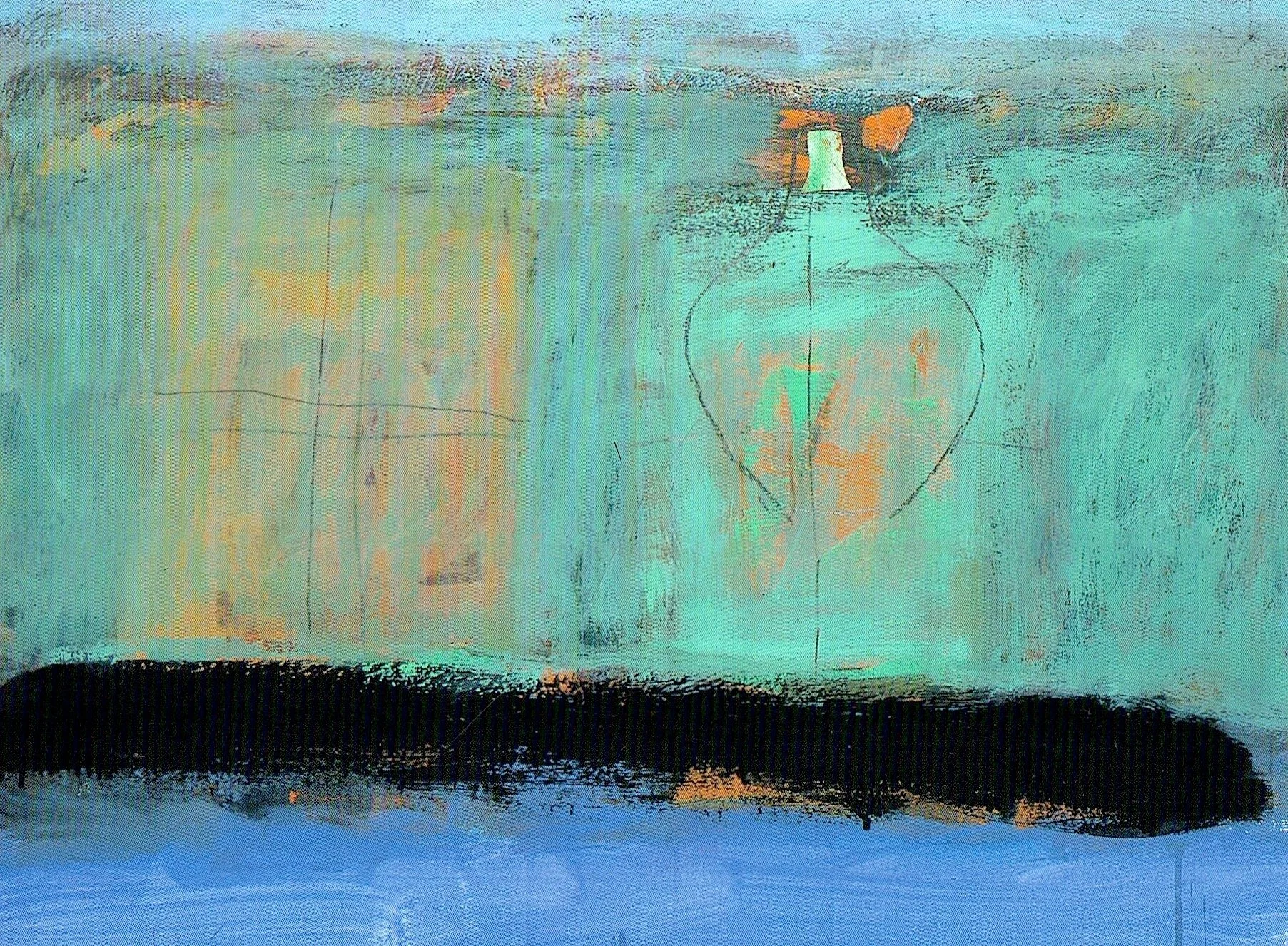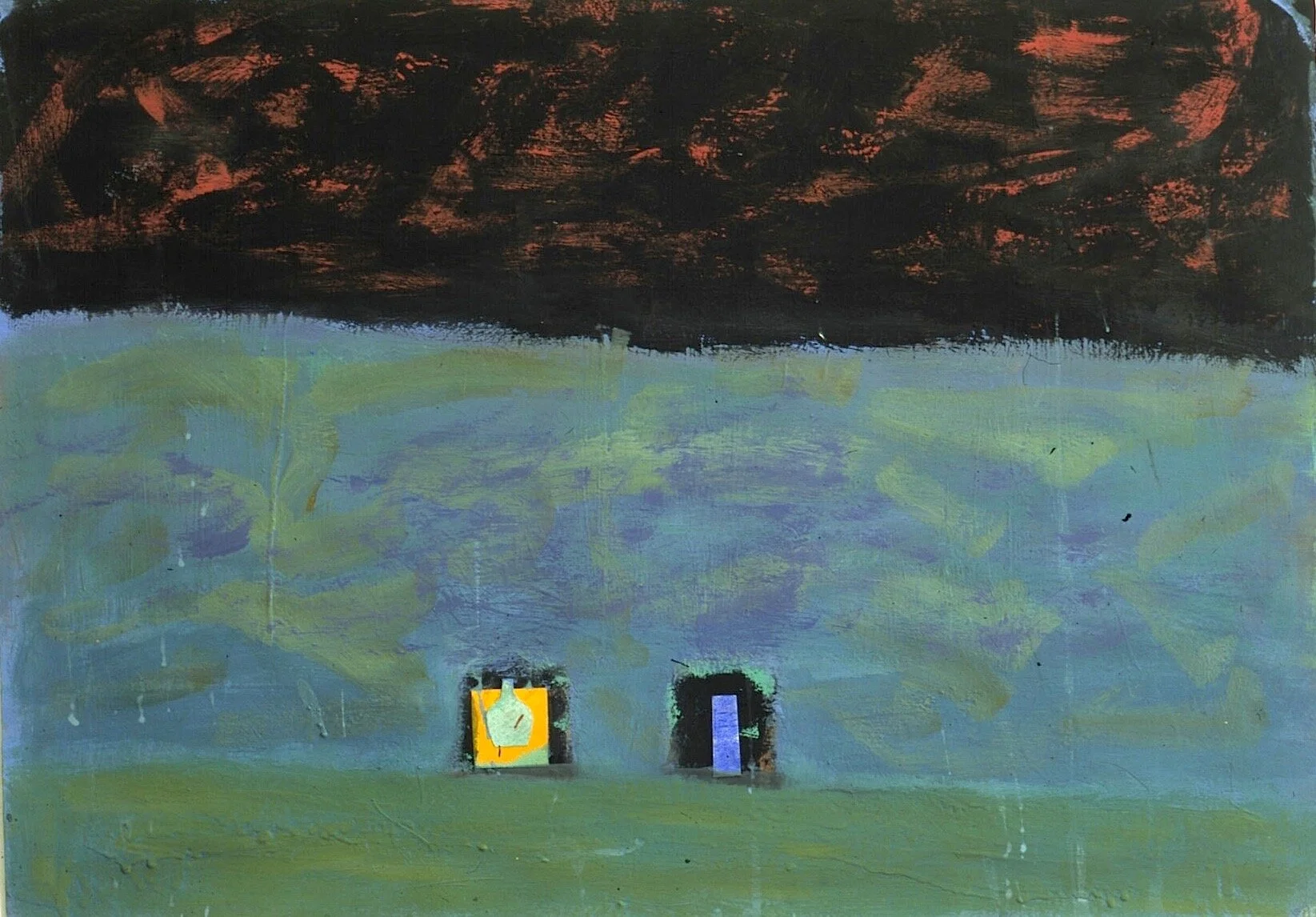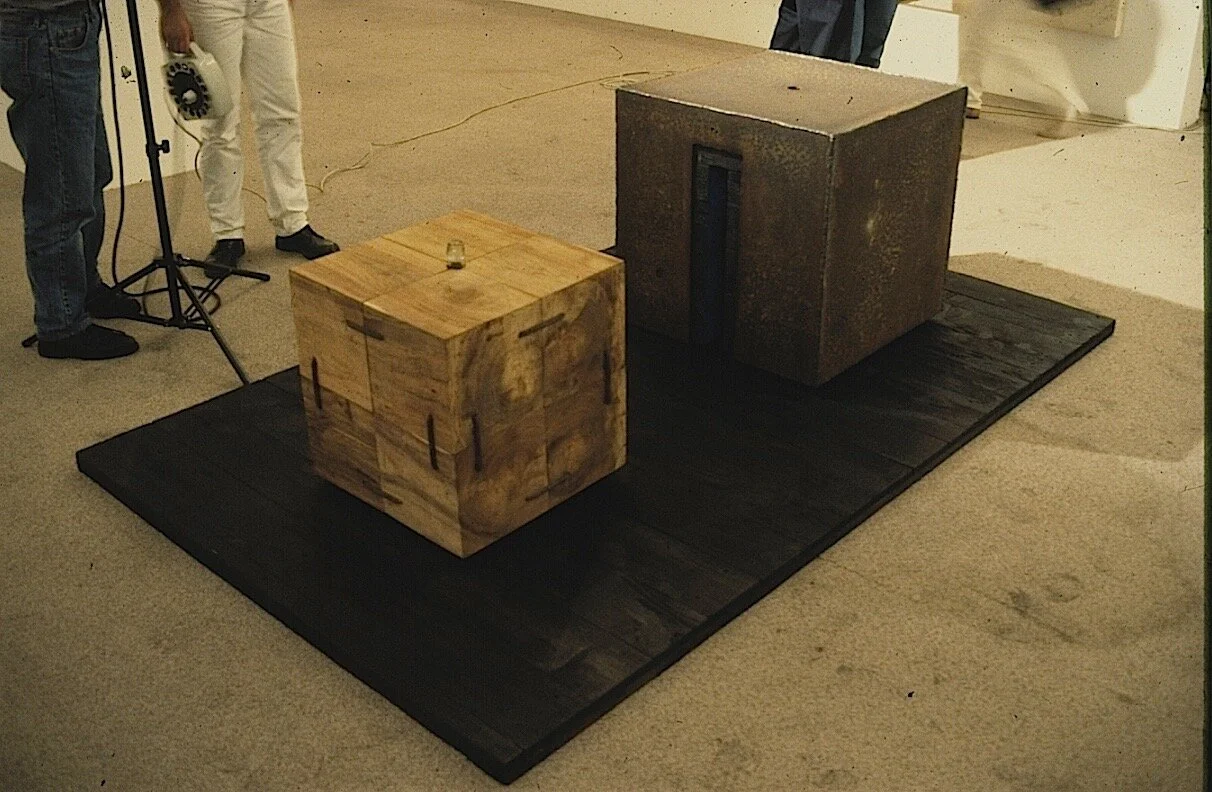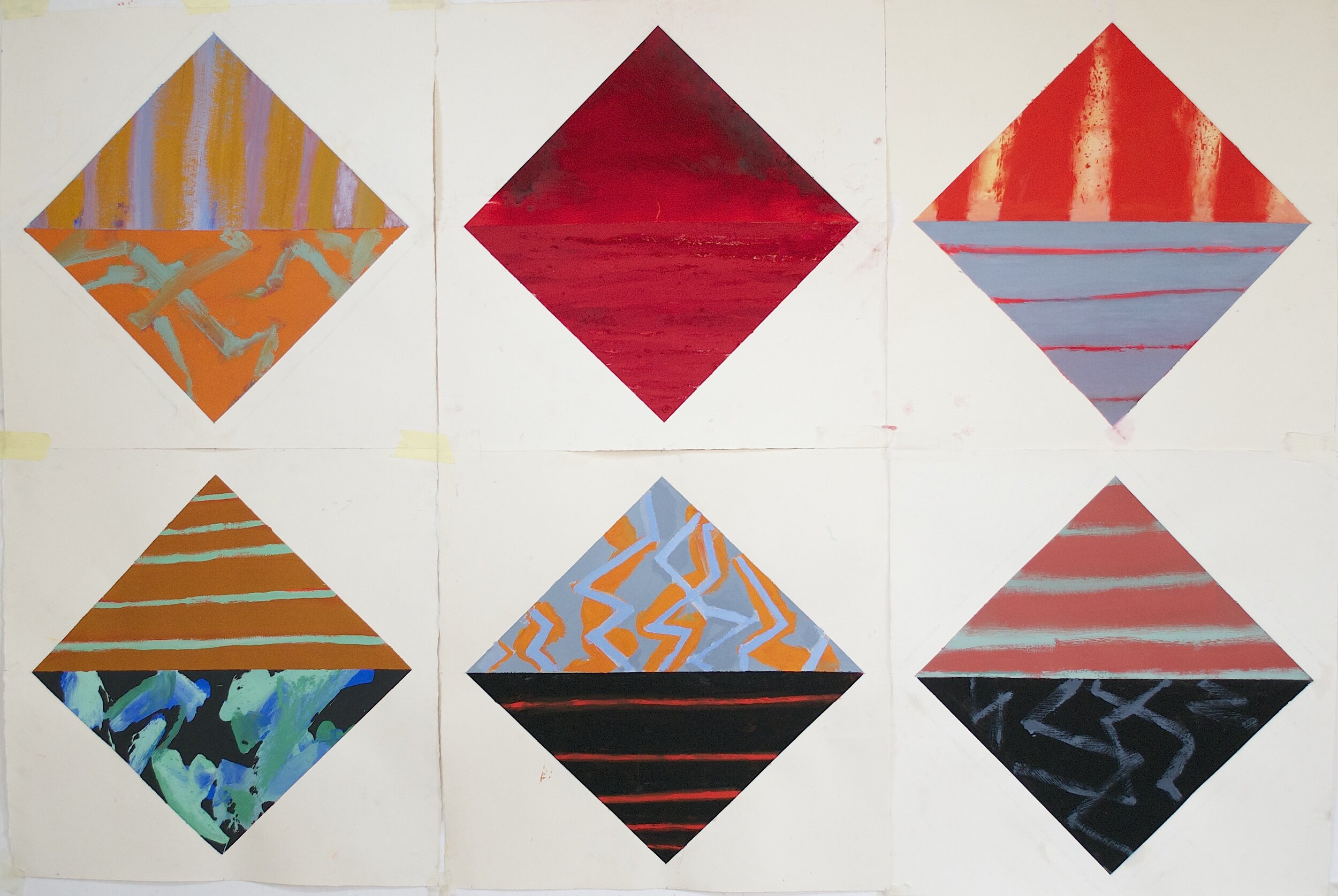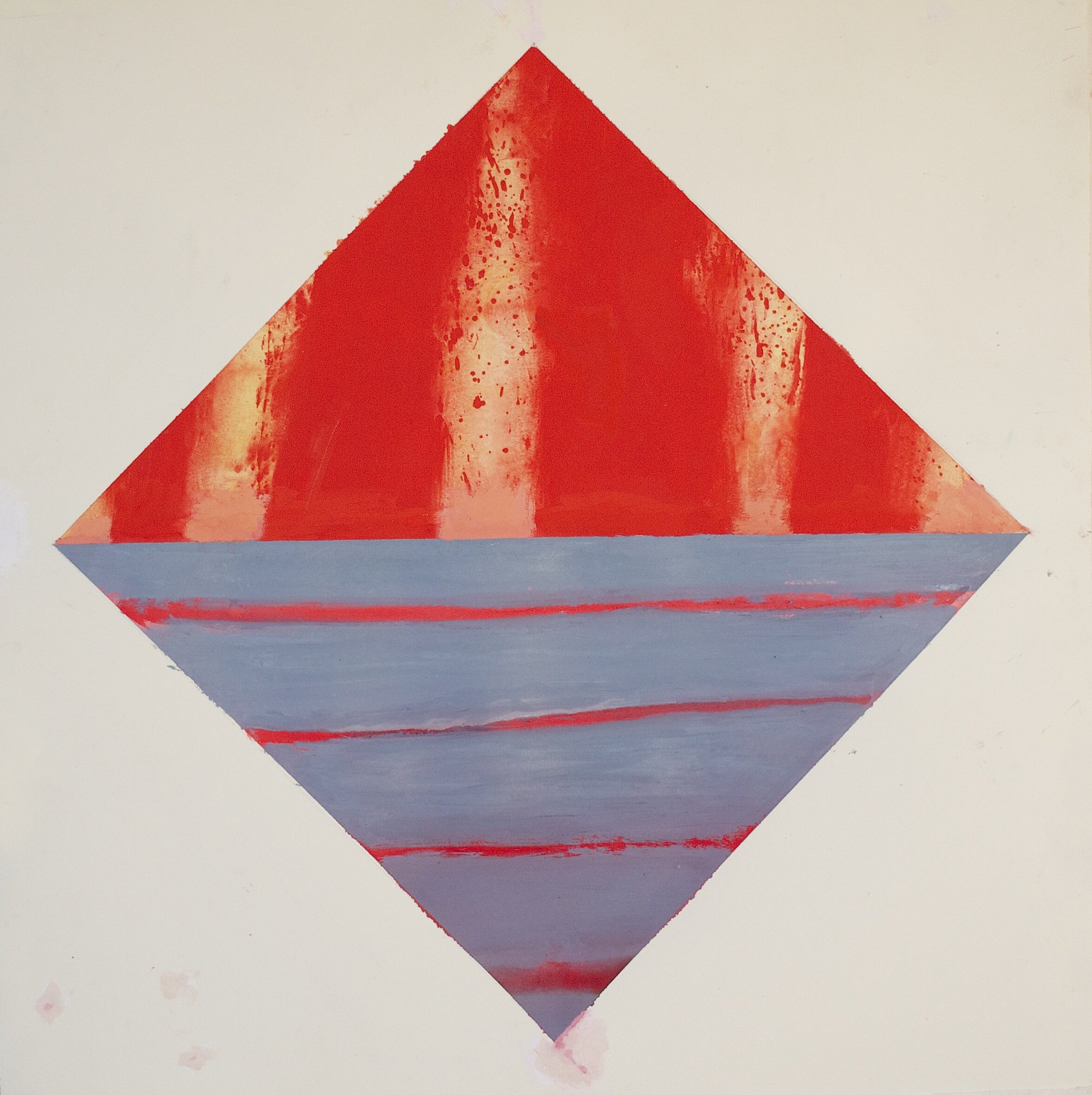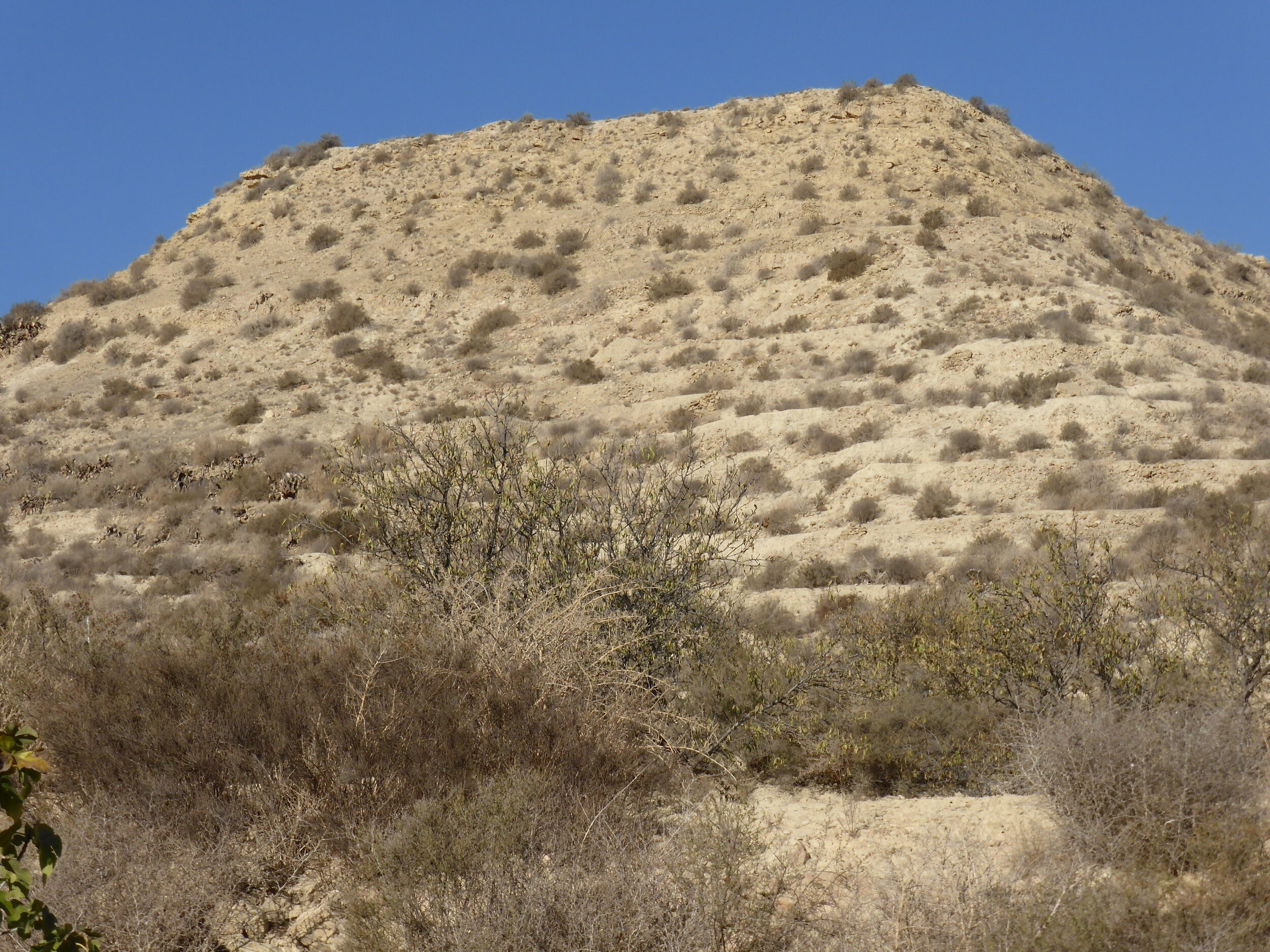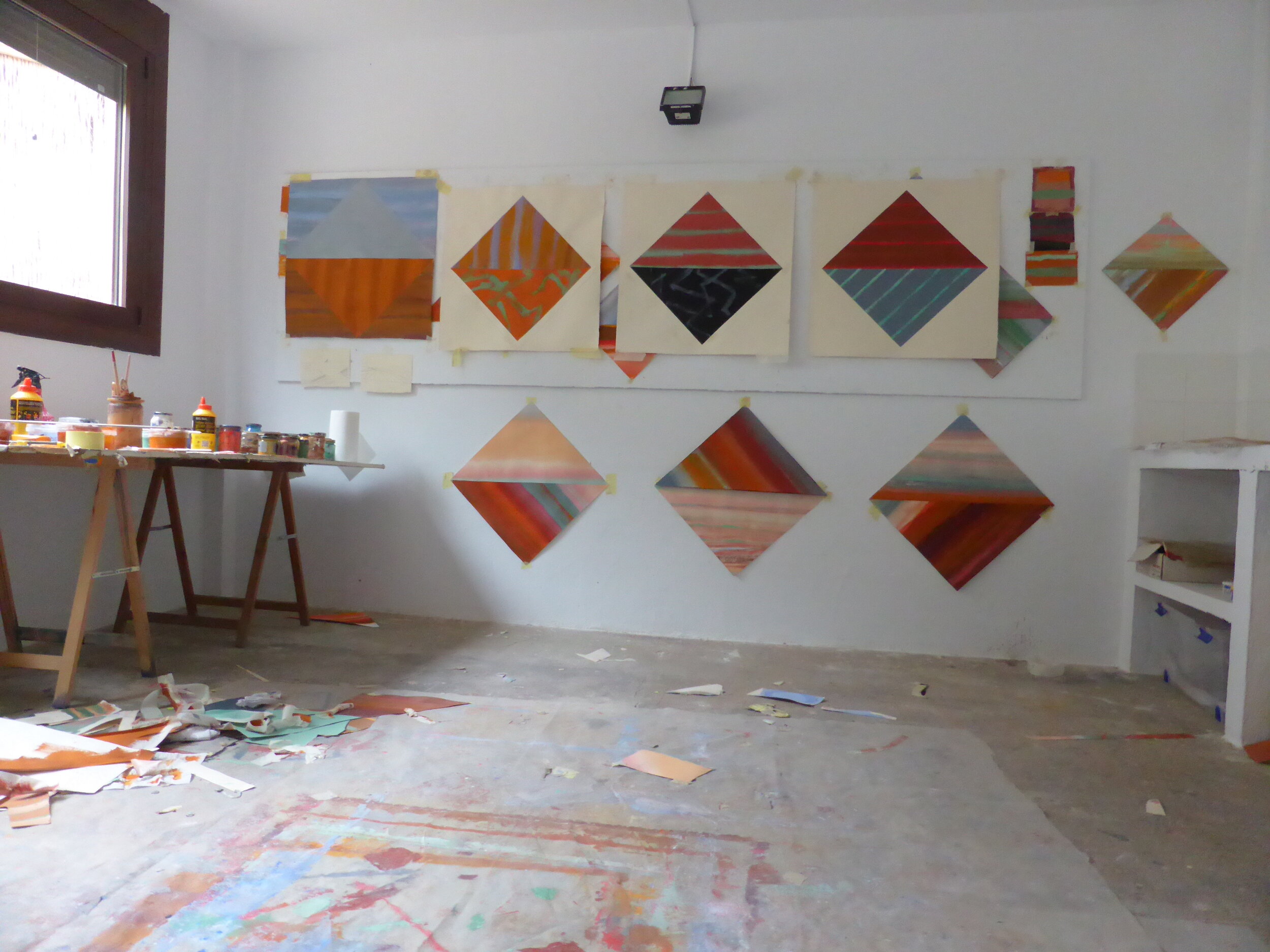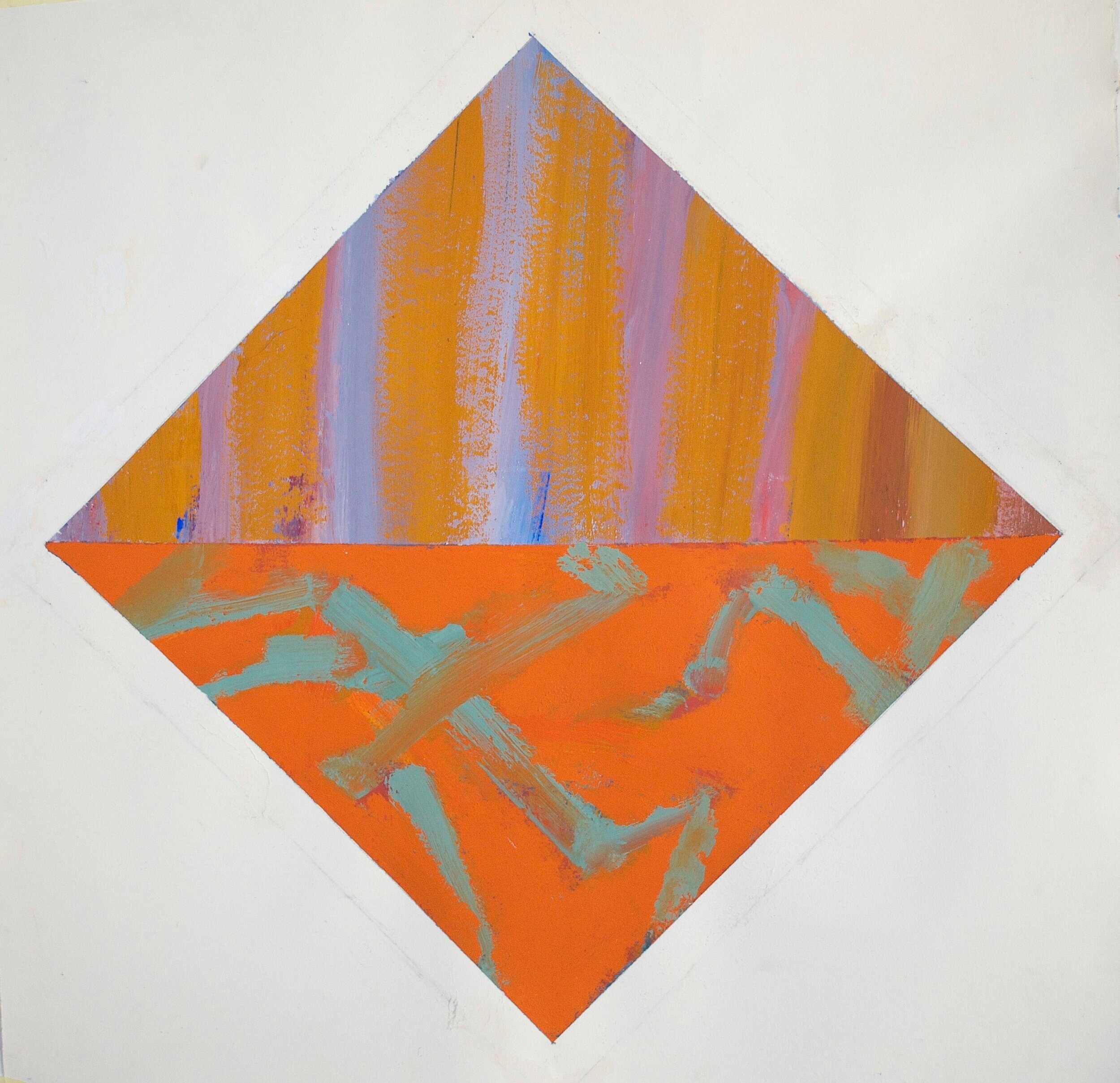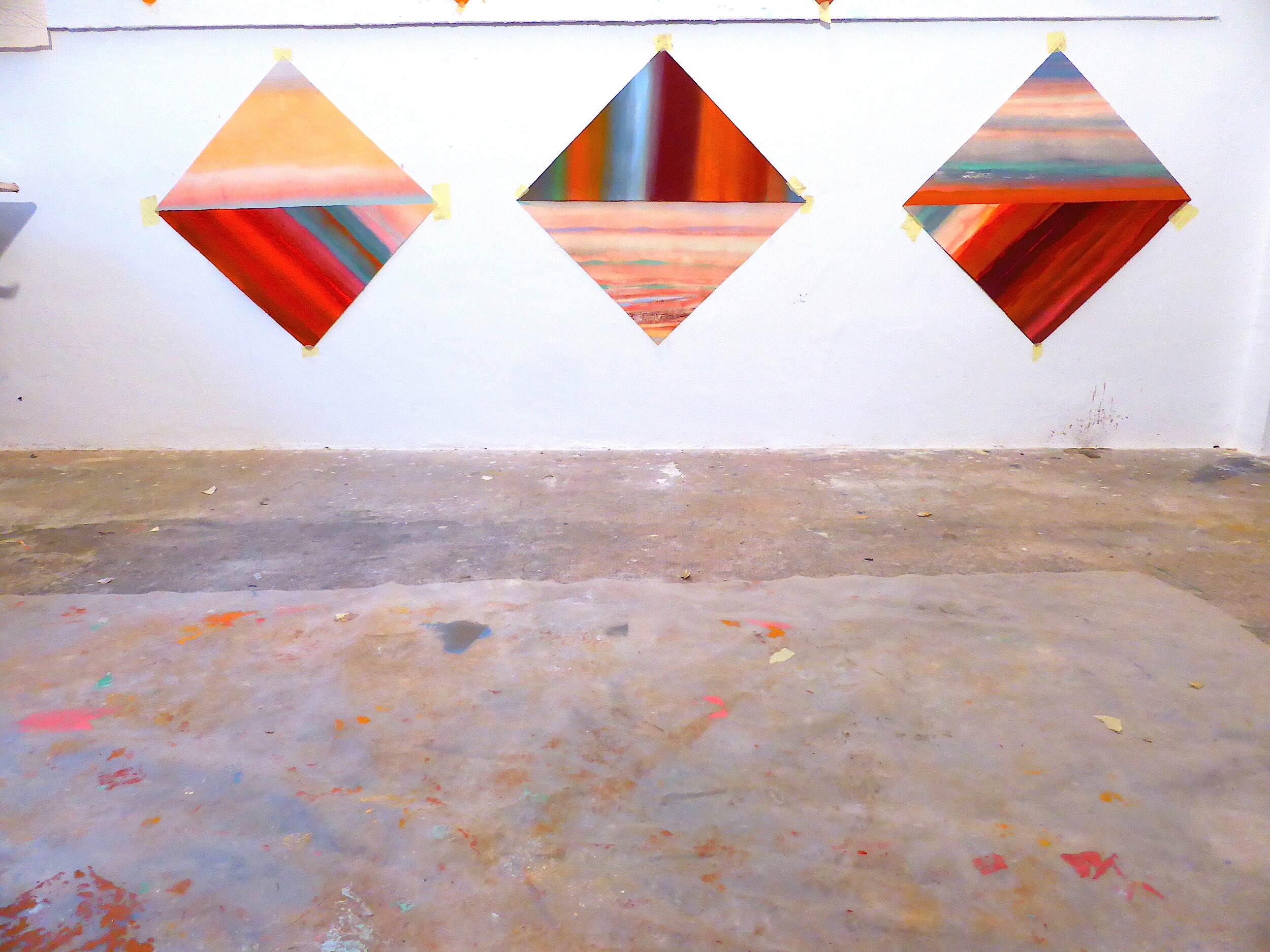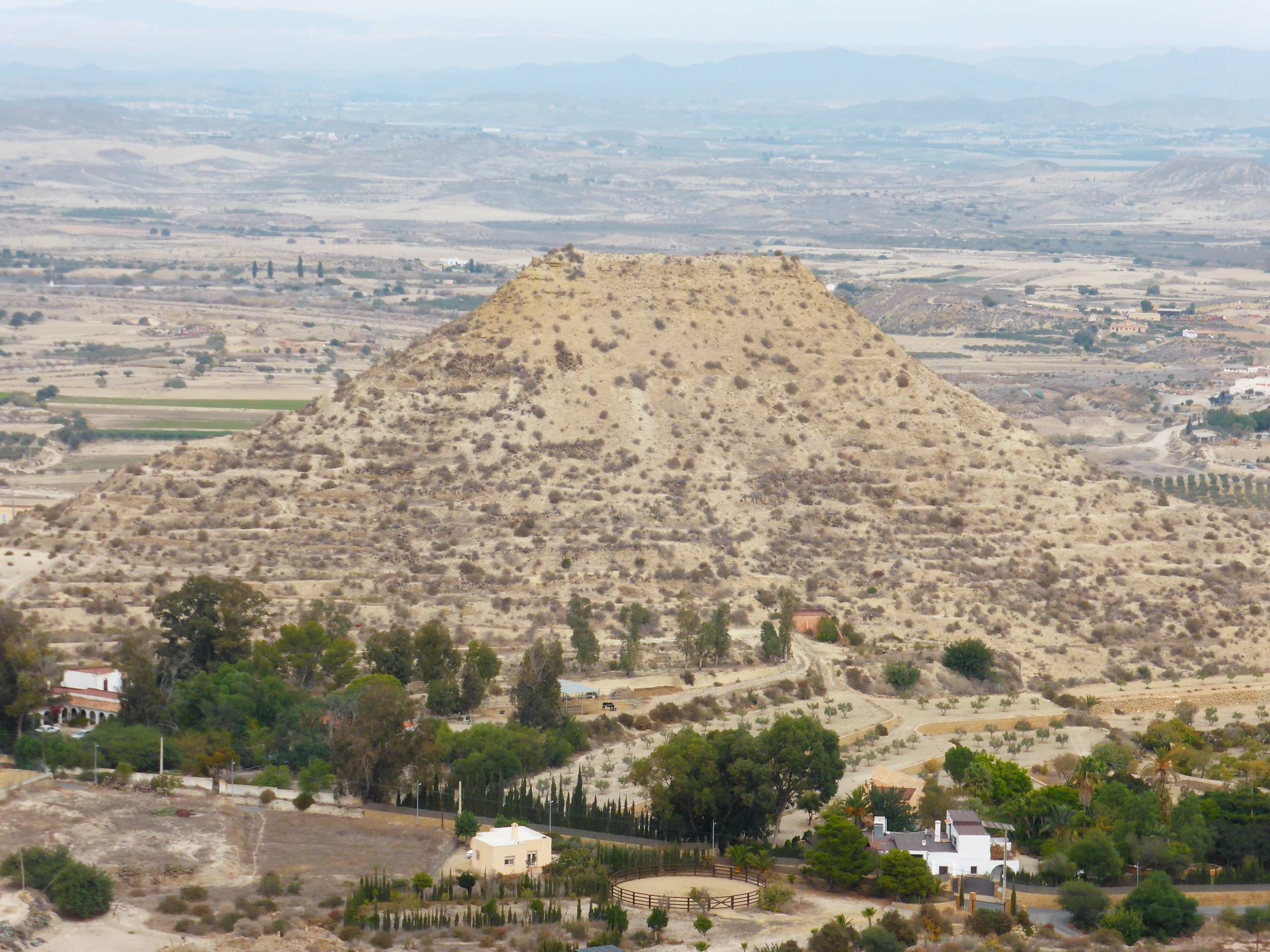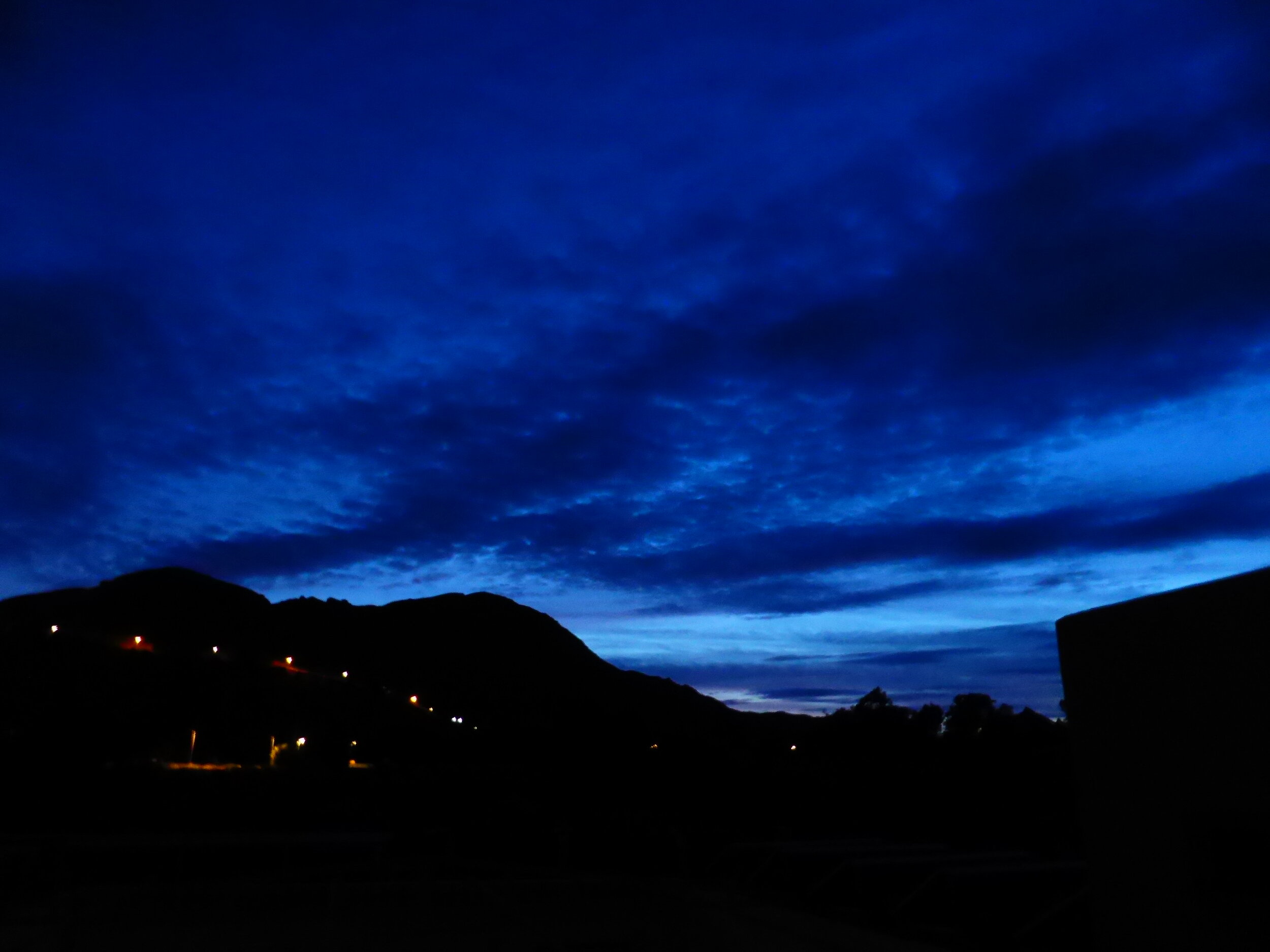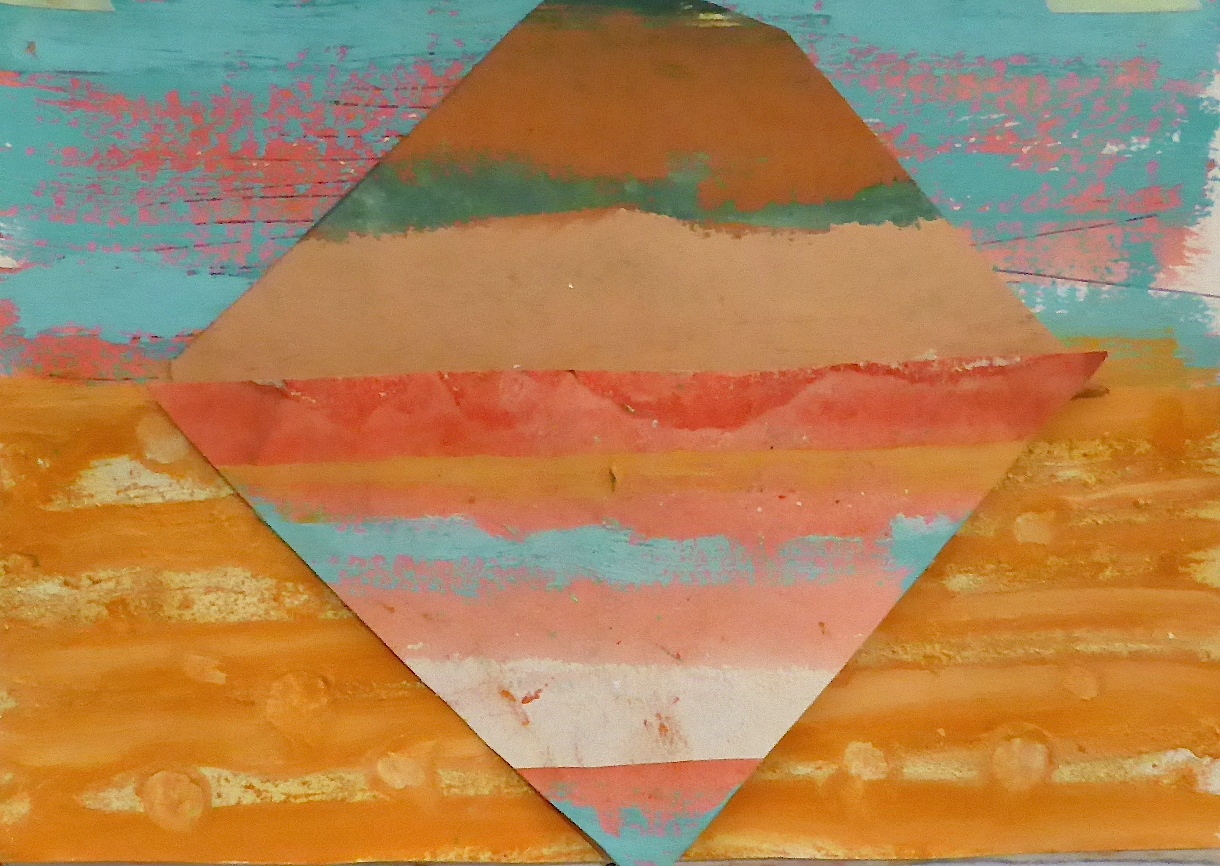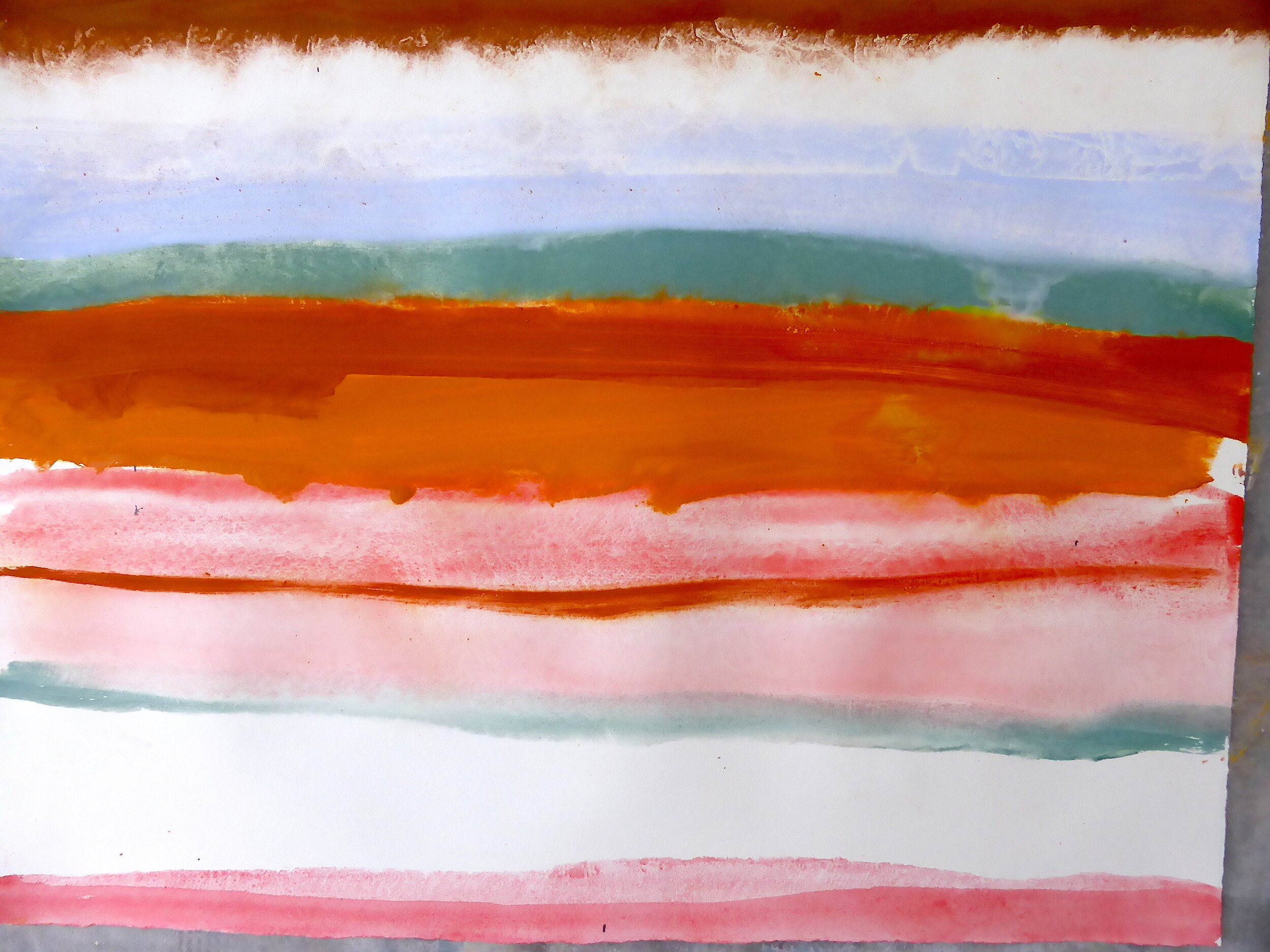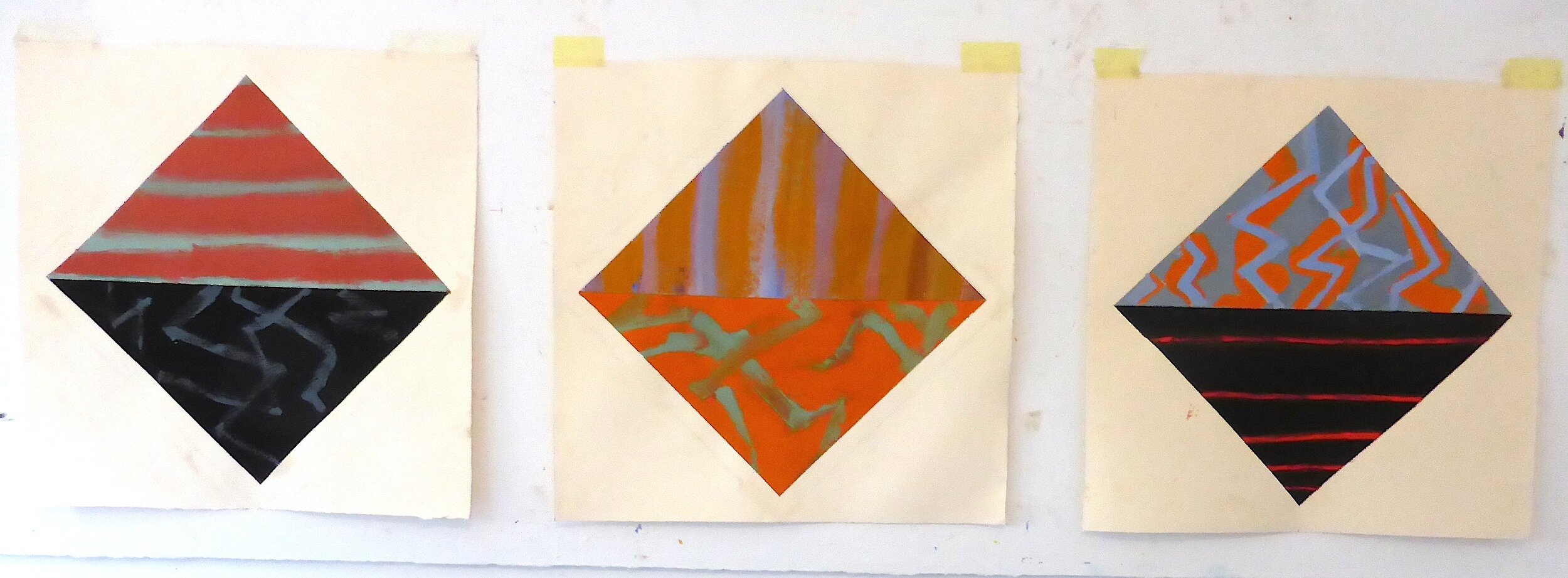The Condition of Sculpture, 1975
Subtitled ‘A Selection of Recent Sculpture by Younger British and Foreign Artists’ and funded by the Arts Council of Great Britain, William Tucker’s exhibition at the Hayward Gallery emerged from his original proposal for an exhibition/congress/convention centred in London and involving sculptors from most of the Western Hemisphere.
In his catalogue introduction, Tucker wrote:
‘This is an exhibition of sculpture, not of sculptors. Nor is the exhibition either polemic or programmatic in intent. My aim was simply to bring together work done in the last two or three years by artists who appear consciously or intuitively, to accept the condition of sculpture as I understand it.’
The catalogue illustrated four of Seaton’s early steel sculptures: Maquette (1974); Axis I (1974); Ithaca I (1975), and Ithaca II (1975); Ithaca I was installed outside the Gallery where it greeted visitors at the entryway.
The Condition of Sculpture also included works by Carl Andre, Roger Bates, Larry Bell, Michael Bolus, Garth Evans, David Evison, André Fateaux, Lloyd Gibson, Katherine Gili, Nigel Hall, Brower Hatcher, Julian Hawkes, Peter Hide, Robert Hudson, Philip King, Jeff Lowe, Loren Madsen, John Maine, Robert Murray, David Nash, Paul Neagu, Emma Park, Nicholas Pope, Peter Reginato, Ulrich Rückreim, Lucas Samaras, Tim Scott, David Seaton, Richard Serra, Anthony Smart, Michael Steiner, Sylvia Stone, Mark di Suvero, Brian Thompson, William Tucker, David van de Kop, Roger Williams, Jacqueline Winsor, Isaac Witkin, and James Wolfe.
International Multi-Media Symposium (IMMS), 1995
In 1995, Seaton partnered with Portuguese artist and arts advocate Inês Amado, to organise the International Multi Media Symposium (IMMS), which took place at Horta, Pico and Faiel in the Azores. The Symposium involved filmmakers, ceramists, painters, sculptors,
The resulting exhibition travelled to Lisbon, Madrid, London and Kracow.
Selective Affinities - Seaton and Amado defined affinities which would have to exist between all the participants (common ground?): the ability of each one to let themselves be influenced by the spirit of the place; the capability of sharing with each other their work (during long night in the club room in Horta, where one spoke and the other made comments); the absence of preconceived ideas about activities, ages, nationalities,. Artists, writers, musicians, and critics were all responding. Not all spoke English. It didn’t matter.




